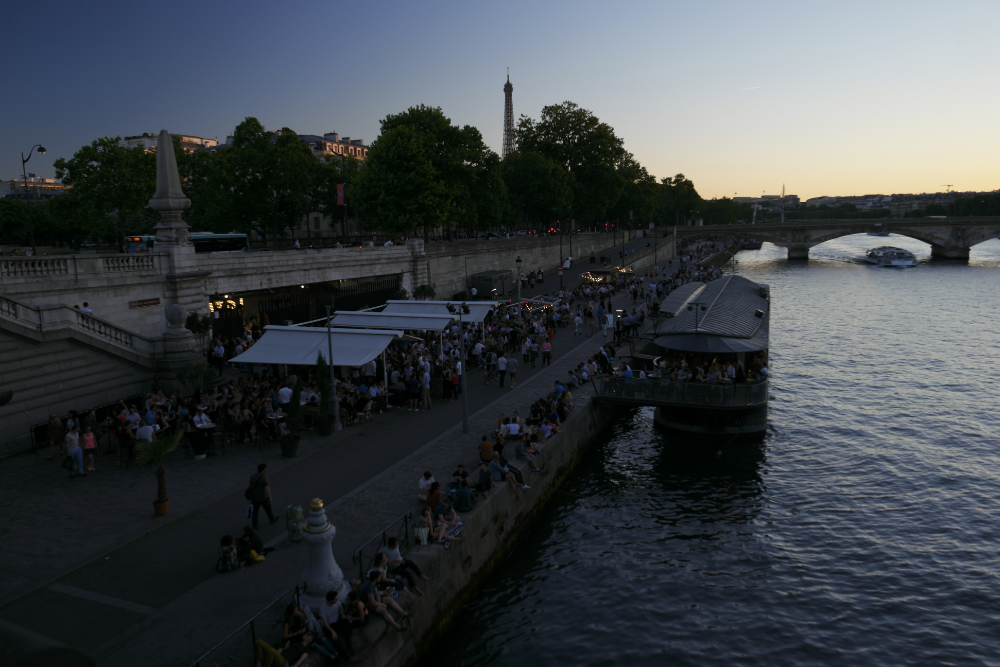France is home to an impressive collection of UNESCO World Heritage Sites, reflecting its rich history, diverse landscapes, and cultural significance. From medieval cathedrals to prehistoric caves and stunning natural wonders, these sites offer travelers a glimpse into the country’s remarkable heritage. Here’s a guide to some of the most notable UNESCO-listed locations in France.
1. Historic Cities and Architectural Marvels
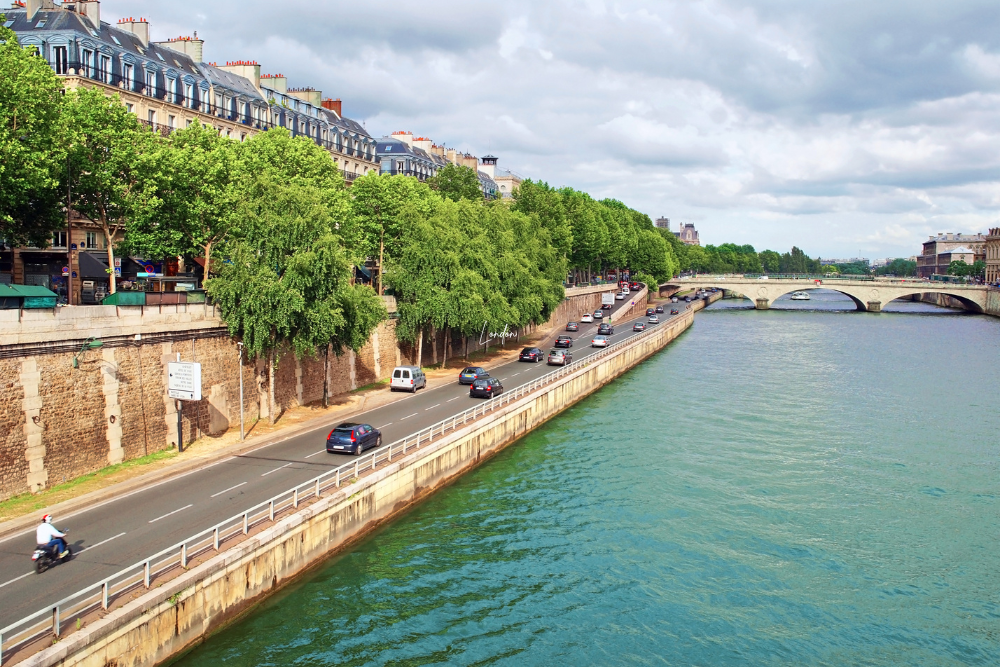
Paris, Banks of the Seine
The heart of Paris, along the banks of the Seine River, is a UNESCO-listed site featuring world-renowned landmarks such as the Eiffel Tower, Notre-Dame Cathedral, and the Louvre Museum. Walking along the river offers stunning views of the city’s architectural evolution from medieval times to the present.
Mont Saint-Michel and its Bay
Rising dramatically from the tidal flats of Normandy, Mont Saint-Michel is one of France’s most iconic landmarks. The medieval abbey, winding streets, and breathtaking views make this UNESCO site a must-visit destination.
Chartres Cathedral
A masterpiece of Gothic architecture, Chartres Cathedral is famous for its stunning stained-glass windows and intricate sculptures. This 13th-century cathedral remains one of the most well-preserved examples of medieval religious art in Europe.
Palace and Park of Versailles
Once the seat of French royalty, the Palace of Versailles is a symbol of opulence and grandeur. Visitors can explore the Hall of Mirrors, the beautifully manicured gardens, and the estate of Marie Antoinette.
2. Ancient and Prehistoric Sites
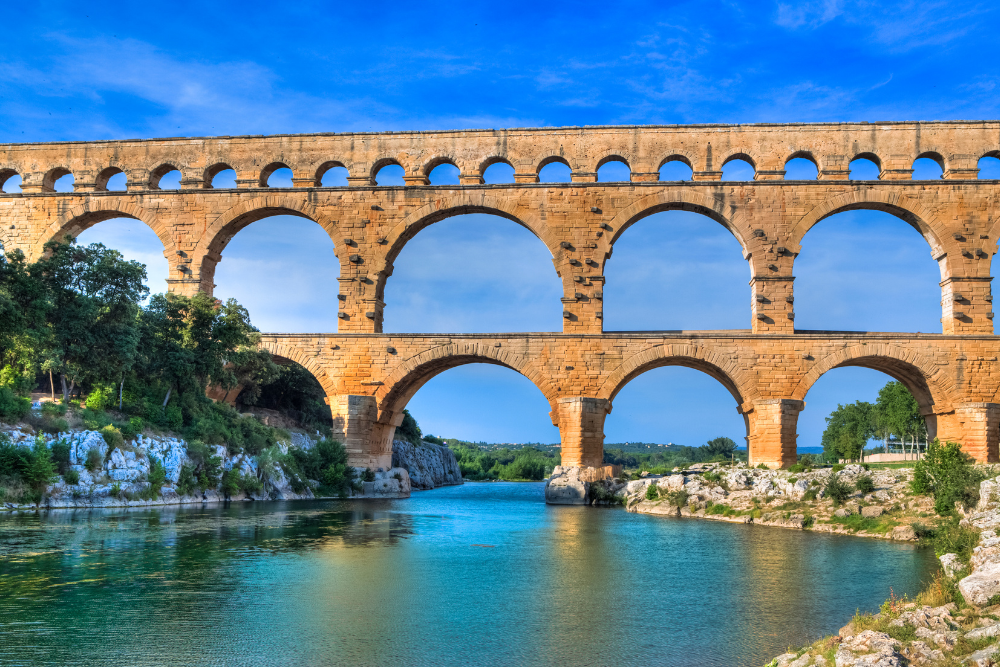
Pont du Gard
This remarkably well-preserved Roman aqueduct in the south of France showcases the engineering genius of the Roman Empire. Built in the 1st century AD, it once carried water to the city of Nîmes and is now a stunning historical site to visit.
Decorated Caves of the Vézère Valley
The caves of Lascaux and others in the Vézère Valley feature some of the world’s oldest known prehistoric art, dating back over 17,000 years. These paintings provide insight into early human civilization and artistic expression.
3. Natural Wonders and Cultural Landscapes
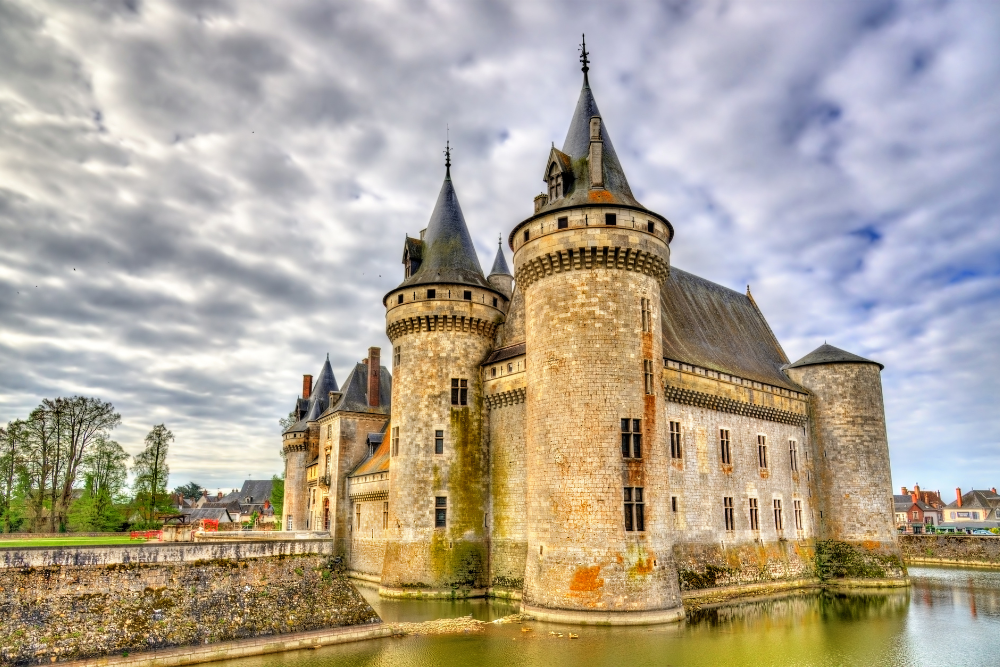
The Loire Valley
Often referred to as the “Garden of France,” the Loire Valley is famous for its picturesque châteaux, vineyards, and scenic landscapes. It is a UNESCO site due to its historical importance and architectural beauty.
Gulf of Porto, Corsica
A breathtaking natural site, the Gulf of Porto in Corsica features dramatic cliffs, crystal-clear waters, and the famous Calanche de Piana rock formations. It is an ideal destination for nature lovers and outdoor enthusiasts.
The Champagne Hillsides, Houses, and Cellars
This UNESCO-listed region is the birthplace of Champagne and home to world-famous vineyards and historic wine cellars. Visitors can explore the region’s unique winemaking heritage through guided tours and tastings.
4. Pilgrimage Routes and Religious Sites

Routes of Santiago de Compostela in France
France is home to several important pilgrimage routes leading to Santiago de Compostela in Spain. These historic paths pass through charming villages, ancient churches, and medieval bridges.
Basilica of Saint-Savin sur Gartempe
Known as the “Romanesque Sistine Chapel,” this church in western France is famous for its well-preserved 11th and 12th-century frescoes depicting biblical stories.
5. Industrial and Modern Heritage
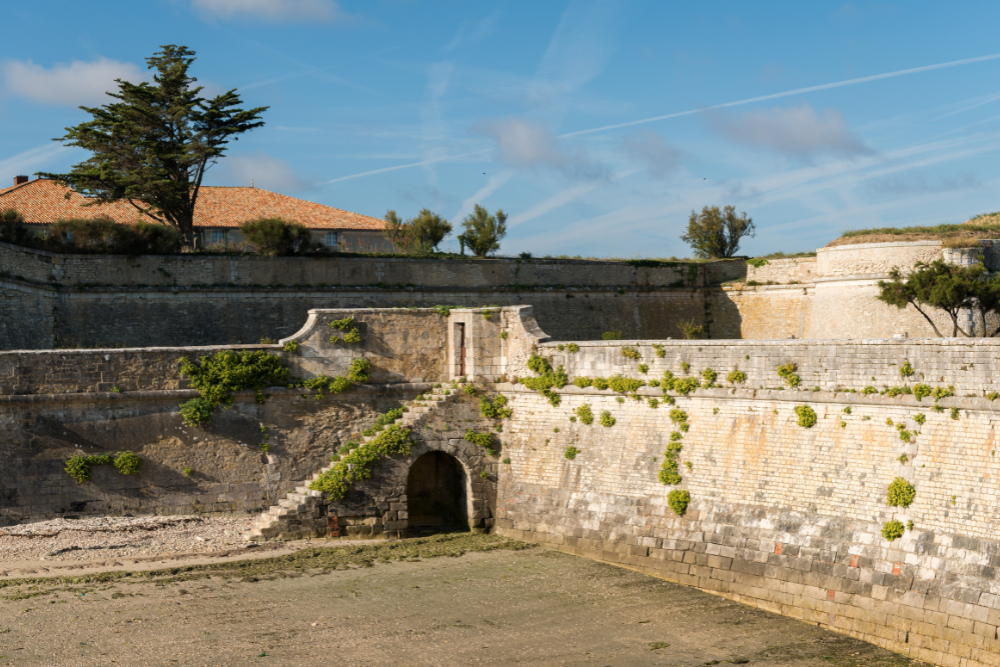
The Vauban Fortifications
Designed by military engineer Sébastien Le Prestre de Vauban, these fortifications were built in the 17th century to protect France’s borders. Several of his forts and military structures are recognized by UNESCO for their strategic and architectural significance.
Le Corbusier’s Architectural Work
The innovative designs of architect Le Corbusier, including the famous Unité d’Habitation in Marseille, have earned UNESCO recognition for their impact on modern architecture and urban planning.
Final Thoughts
France’s UNESCO World Heritage Sites offer an incredible journey through time, showcasing the country’s historical, cultural, and natural wonders. Whether exploring medieval cathedrals, Roman ruins, or scenic landscapes, these sites provide a deeper understanding of France’s extraordinary heritage. For travelers seeking history, architecture, and breathtaking scenery, these UNESCO treasures are not to be missed.



